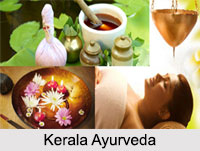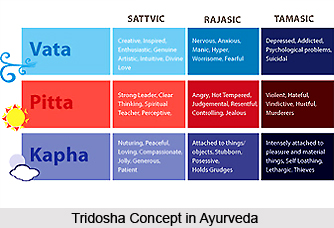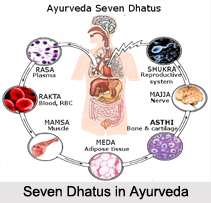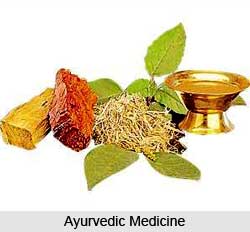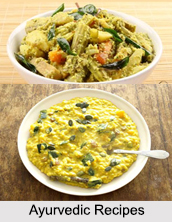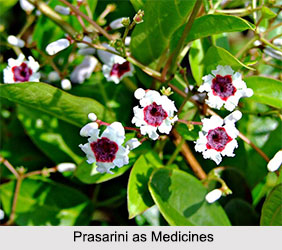 Prasarini or Paederia foetida is a long climbing plant, twining up and over trees. All parts of the plant give off a most offensive odour when bruised. It is sometimes planted as an ornamental; and has virtue in folk medicine. It is also used as a culinary spice in some traditional cooking in North Eastern and Eastern India
Prasarini or Paederia foetida is a long climbing plant, twining up and over trees. All parts of the plant give off a most offensive odour when bruised. It is sometimes planted as an ornamental; and has virtue in folk medicine. It is also used as a culinary spice in some traditional cooking in North Eastern and Eastern India
Health Benefits of Prasarini
The leaves, boiled and made into soup are considered wholesome and suitable for the sick and convalescent. The entire plant including stem, leaves and root, is much used both internally and externally in rheumatic affections for which it is regarded as a specific remedy.
Dose of Prasarini in Medicine
Prasdrani Leha: Take the leaves, root and stem of Paederia foetida 2 seers, water 32 seers and boil till reduced to one-fourth. To the strained decoction add 2 seers of treacle and again boil till reduced to the consistence of a thick syrup. Lastly add powdered ginger, long pepper, black pepper, plumbago root and the root of Piper Chaba (chavika) equal parts, in all half a seer. Dose should be about 1 tola in acute rheumatism.
Prasarini Taila
Several oils or liniments for external application are prepared with this plant. The following, called "Kubja PrasariniTaila" is largely used by native physicians. Take the entire plant of Paederia foetida 800 tolas, boil in 64 seers of water till reduced to 16 seers and strain. To the strained decoction, add sesamum oil 16 seers, milk 32 seers, whey and fermented paddy water (Kanjika) each 16 seers and the following substances, namely, root of Paederia foetida, plumbago root, long pepper root, liquorice, rock salt, Acorus Calamus root, dill seeds, bark of Cedrus Deodara, root of Vanda Roxburghii ( rdsnd J, Seindapsus officinalis ( gajapippali ), Jatamansi root and marking nuts each 2 tolas in the form of a paste. First boil the oil with the decoction of Paederia foetida till the water is nearly evaporated, then boil the oil successively with the addition of milk, whey and Kanjika, adding the aromatic paste during the last process of boiling. This oil is used externally in rheumatism with contraction and stiffness of the joints. After the application of the oil, the affected parts should be fomented with dry heat.
Related Articles
Ayurveda
Origin of Ayurveda
Ayurveda Medication
Elements of Ayurveda
Concepts of Ayurveda
Ancient Literature of Ayurveda
Sushruta Samhita
Classification of Medicine
